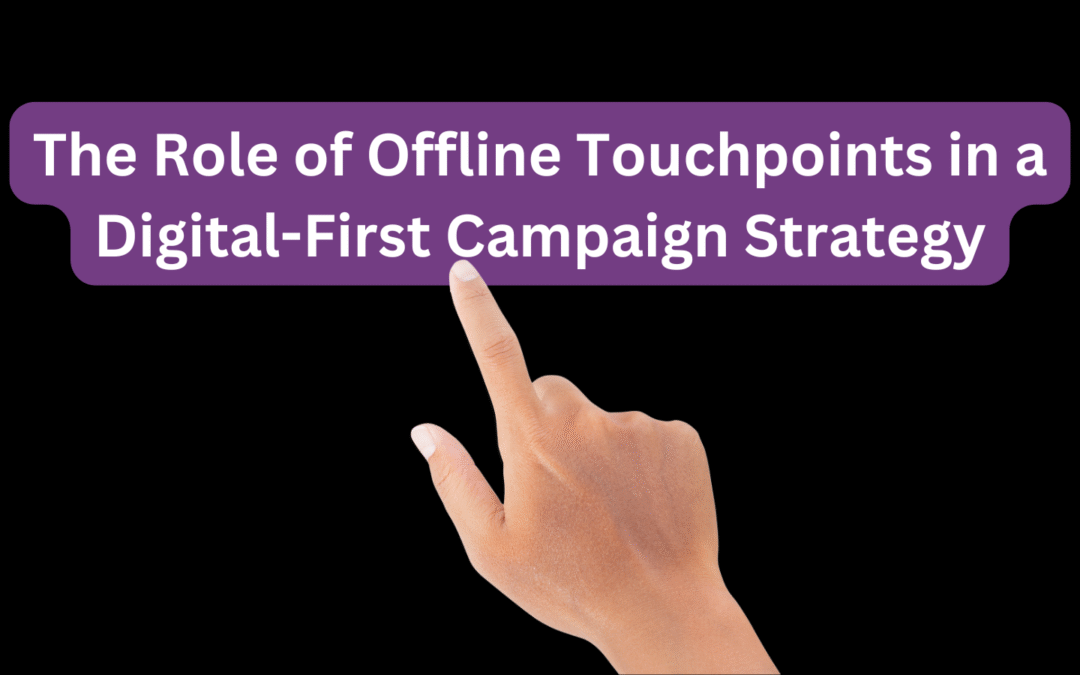Why Offline Touchpoints Still Matter in a World of Digital-First Campaigns 🧠
In the race toward automation and omnichannel targeting, marketers often overlook the power of the physical world. But in a digital-first campaign, integrating offline touchpoints—such as print ads, product packaging, or live events—can create stronger emotional connections, improve recall, and drive real-world engagement that feeds directly into online activity.
Enhancing Awareness with Strategic Offline and Digital Integration 🗺️
Offline interactions often serve as the first impression. A branded flyer, QR-powered billboard, or pop-up store doesn’t just capture attention—it acts as a trigger to enter the digital funnel. When combined with landing pages, retargeting ads, or email sequences, these offline touchpoints dramatically increase top-of-funnel effectiveness.
Driving Engagement with Offline-to-Online Activation Tactics 🧩
From event sign-ups and printed QR codes to direct mail with promo links, smart offline-to-online transitions can activate and qualify leads at scale. These tangible interactions stand out in a crowded digital space, improving click-through and conversion rates when paired with digital-first strategy assets.
Building Trust and Differentiation Through Offline Brand Experience ✨
Physical experiences—like workshops, product demos, or branded merchandise—build trust in ways that digital ads can’t. Incorporating these elements into a digital-first marketing campaign enhances credibility and loyalty, especially in industries where face-to-face connection still holds weight.
Measuring the Impact of Offline Touchpoints in Digital Campaigns 📏
Offline doesn’t mean untrackable. Using custom URLs, UTM-tagged QR codes, or POS data integration, marketers can attribute online actions to offline sources. This makes it possible to treat offline marketing not as a cost center, but as a performance channel within the larger digital-first ecosystem.
When to Prioritize Offline Marketing Channels in Digital Campaigns 🕒
Offline efforts shine when you need to break through digital fatigue, create local relevance, or leave a lasting impression. Whether launching a new product or nurturing high-value leads, blending offline channels into your digital-first strategy can significantly boost engagement and long-term conversion.
Making Offline Count in a Fully Integrated Omnichannel Marketing Strategy 🔁
Modern marketing isn’t about choosing online or offline—it’s about orchestrating both to deliver unified, memorable brand experiences. Well-timed offline touchpoints support digital-first campaign objectives by creating real-world relevance, driving measurable action, and building emotional loyalty.
FAQ ❓
Are offline touchpoints still effective in digital-first campaigns?
Yes—when integrated strategically, offline touchpoints boost awareness, trust, and conversions across the digital funnel.
How can offline marketing be measured in digital terms?
Use QR codes, custom URLs, promo codes, and CRM tracking to connect offline activity to digital behaviors.
What are examples of effective offline touchpoints?
Examples include events, flyers with QR codes, branded packaging, retail signage, and direct mail that link users to digital assets.
Why combine offline and digital marketing strategies?
Blending both enhances brand presence, improves user recall, and increases performance through real-world engagement.

AUTHOR
Tomasz Jóźwiak
Growth Marketing Strategist | Founder at Webomo
I'm Tomasz Jóźwiak, a growth marketing strategist and the founder of Webomo. Over the past decade, I’ve helped startups, scale-ups, and established brands drive measurable growth through full-funnel strategies, performance marketing, and conversion optimization.
I believe in data-driven experimentation, fast execution, and full transparency—because real growth is about more than just vanity metrics.
👉 Let’s connect on LinkedIn or check out Webomo’s growth marketing work.

Fueling Growth with Strategy
Questions?
Ask any question about identifying new growth opportunities for your company.
